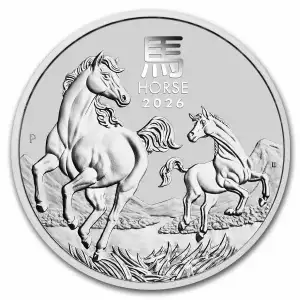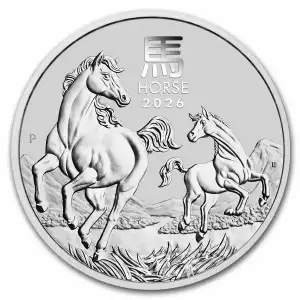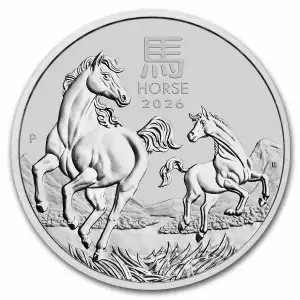Buying precious metals for the first time can feel overwhelming. This guide will help beginners understand how to buy precious metals, making the process clearer and more approachable. With so many options - gold, silver, platinum, palladium, coins, bars - it’s easy to get lost in the details. This checklist is designed to guide beginners, helping you make informed decisions and navigate the process with confidence. Whether your goal is investment, collection, or both, following a structured approach can save time, money, and stress, especially for investment purposes.
Benefits of Investing in Gold and Silver
Investing in gold and silver offers a range of benefits that make these precious metals a popular choice for both new and seasoned investors. One of the primary advantages is diversification - adding gold and silver to your investment portfolio can help reduce overall risk, as these metals often move independently of traditional investments like stocks and bonds. Gold and silver investing is also known for providing a hedge against inflation and currency devaluation, helping to preserve your purchasing power during times of economic uncertainty.
Physical precious metals, such as gold coins and silver coins, are tangible assets that you can hold in your hand, offering a sense of security that paper assets cannot match. Throughout history, gold and silver have maintained their value, making them a reliable store of wealth even during periods of market volatility. In times of economic turmoil, these metals often act as safe-haven assets, with prices rising as investors seek stability. Whether you’re interested in silver investing or looking to buy gold, adding these metals to your portfolio can help protect your wealth and provide peace of mind.
Understanding Spot Prices and Market Trends
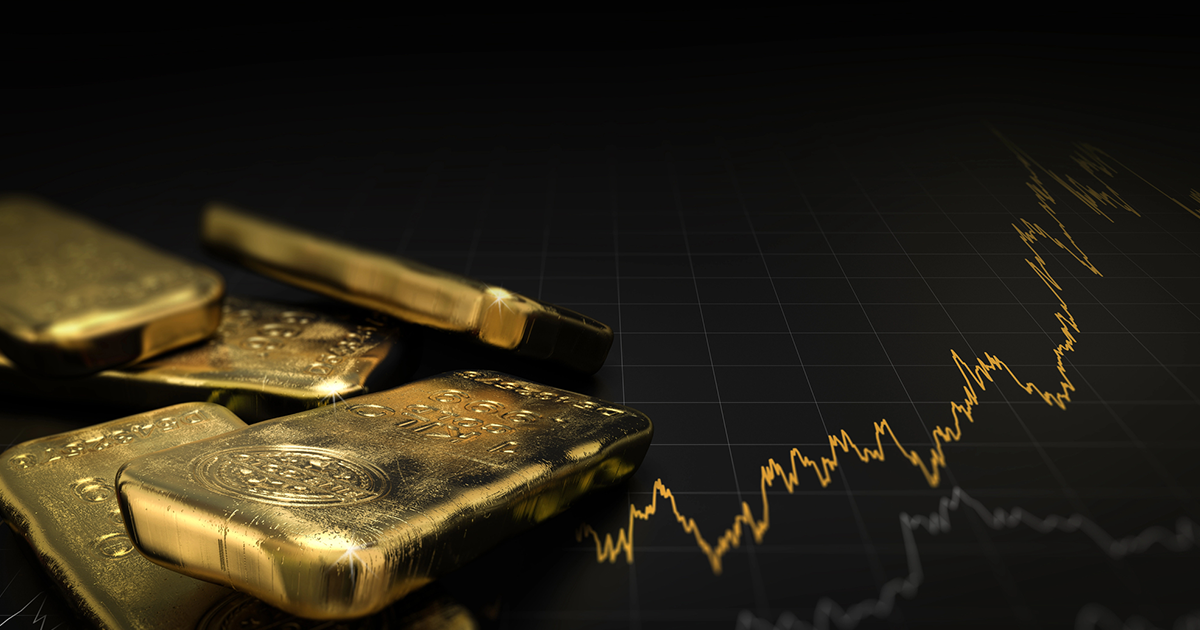
The spot price is the current market price for one ounce of a precious metal. It serves as a benchmark for buying or selling metals. Understanding spot prices helps beginners avoid overpaying and ensures smart purchasing decisions.
Key factors influencing spot prices include:
- Inflation: Rising inflation often drives up the value of gold and silver.
- Currency fluctuations: A weaker U.S. dollar can increase metal prices.
- Supply and demand: Mining output, geopolitical events, industrial use, and investment demand all impact prices.
Silver's price is particularly volatile due to its dual role as both an industrial metal and a store of value, with technological innovations and industrial demand causing significant fluctuations.
Tip: Set up spot alerts with your dealer to track price changes and buy at favorable moments.
Precious metals often have a negative correlation with stock markets, making them useful for diversification and reducing overall portfolio risk.
Setting Your Budget and Investment Goals
Before making your first purchase, define your budget and investment objectives. Are you buying for wealth protection, collecting, or a mix of both? Knowing your goals ensures your purchases align with your financial plan.
Choosing the right investment vehicle - such as coins, bars, or ETFs - is important to ensure your investment approach matches your goals and risk tolerance.
Questions first-time buyers should ask themselves:
- How much am I willing to invest initially?
- Do I want to focus on one metal or diversify?
- Will I prioritize liquidity or collectible value?
- How long do I plan to hold my metals?
- What storage options am I considering?
- Do I believe precious metals are a good investment for my financial situation?
Choosing the Right Precious Metal
Different metals serve different purposes, and beginners should understand the trade-offs.
| Metal | Price per Ounce | Volatility | Ease of Purchase | Ideal For |
| Gold | High | Low | Easy | Wealth protection, investment |
| Silver | Low | Medium | Easy | Affordable entry, collecting |
| Platinum | High (can command a higher price per ounce than gold in certain market conditions) | Medium | Moderate | Industrial & long-term hold |
| Palladium | High | High | Moderate | Diversification, niche market |
Gold and silver are generally the best starting points due to liquidity and accessibility.
Platinum is valued for its rarity and industrial uses, with platinum demand driven by applications in the automotive sector (such as catalytic converters), various industrial products, and the computer industry. Its price can be volatile, and it sometimes fetches a higher price per ounce than gold, especially in stable markets.
Palladium is an important industrial metal, widely used in catalytic converters, electronics and industrial products, and other industrial products. It also plays a significant role in chemical applications and groundwater treatment, making it essential in environmental management and pollution control.
Selecting Coins vs. Bars

Choosing between coins and bars depends on your investment strategy and preference.
Coins:
- Pros: Recognizable, collectible, often lower premiums on small quantities.
- Cons: Higher premiums for rare or limited editions; rare coins are generally more suitable for experienced collectors rather than beginners.
Bars/Rounds:
- Pros: Lower premium per ounce, easy to store in bulk.
- Cons: Less collectible, smaller resale market for uncommon bars.
Before purchasing, always check the precious metal content (purity) of coins and bars, as this directly affects their value and investment potential.
Top 5 coins for beginners:
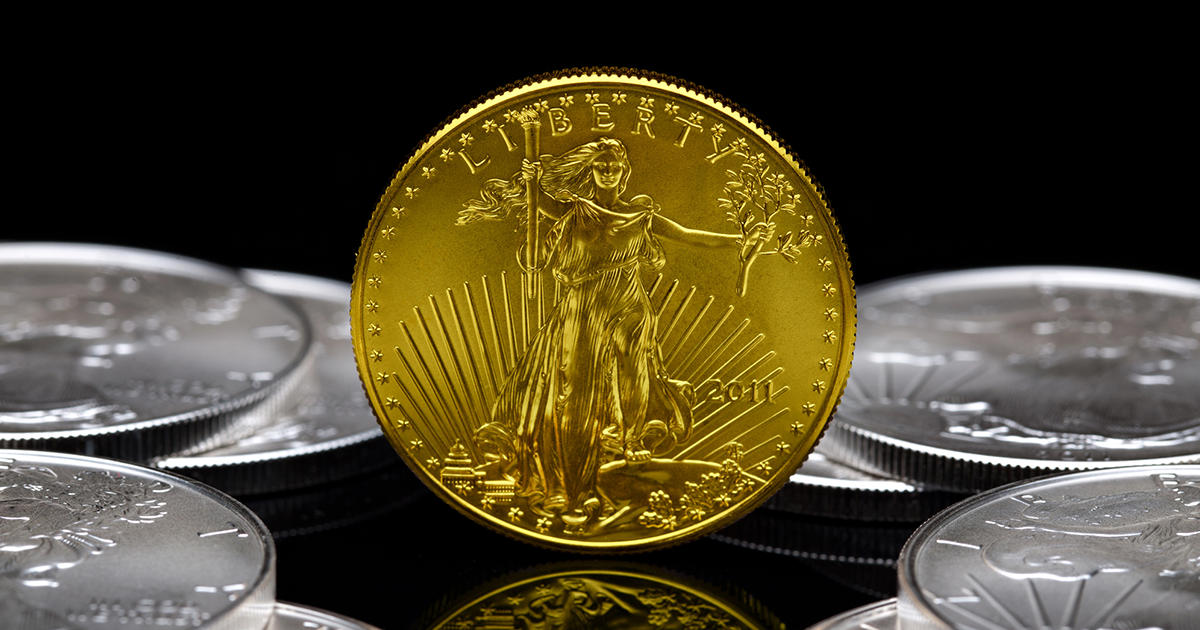
- American Gold Eagle
- Canadian Maple Leaf
- American Silver Eagle
- Austrian Philharmonic
- Australian Kangaroo/Nugget
Recommended Starter Products
For those just beginning their journey into precious metals investing, choosing the right products is key to building confidence and ensuring liquidity. Widely recognized gold and silver coins, such as the American Gold Eagle and the Canadian Silver Maple Leaf, are excellent starter options. These coins are trusted worldwide, making them easy to buy, sell, or trade. Silver coins like the American Silver Eagle are especially popular for their affordability and high demand among collectors and investors alike.
In addition to coins, beginners may consider purchasing physical gold and silver bars, which typically carry lower premiums over the spot price compared to coins. Bars are a straightforward way to accumulate precious metals in larger quantities. When making your first purchase, always work with reputable dealers - those affiliated with organizations like the World Gold Council can offer guidance and ensure you’re getting authentic products at a fair price. Understanding the spot price, as well as any premiums or additional costs, will help you make informed decisions and maximize the value of your investment in gold, silver, and other metals.
Choosing a Trusted Dealer
Working with a reputable dealer ensures you receive authentic products at fair prices. Look for:
- Transparent pricing and premiums
- Positive customer reviews
- Secure payment and shipping options
Tip: Stout Gold & Silver is a trusted, family-owned dealer known for excellent service and verified products.
Completing Your Purchase: Step-by-Step
Before finalizing your purchase, ensure all checks are completed.
Final checkout checklist:
- Verify spot price and premium
- Confirm metal type and weight
- Check coin or bar authenticity
- Review shipping and delivery options
- Arrange storage plan or insurance
When buying physical bullion, consider secure storage and insurance options to protect your investment. Physical holdings of metals require careful planning for security and access. For any silver purchase, remember that storage costs can impact the overall value of your investment.
Following these steps reduces the risk of overpaying or buying counterfeit items.
Safe Storage and Insurance Options
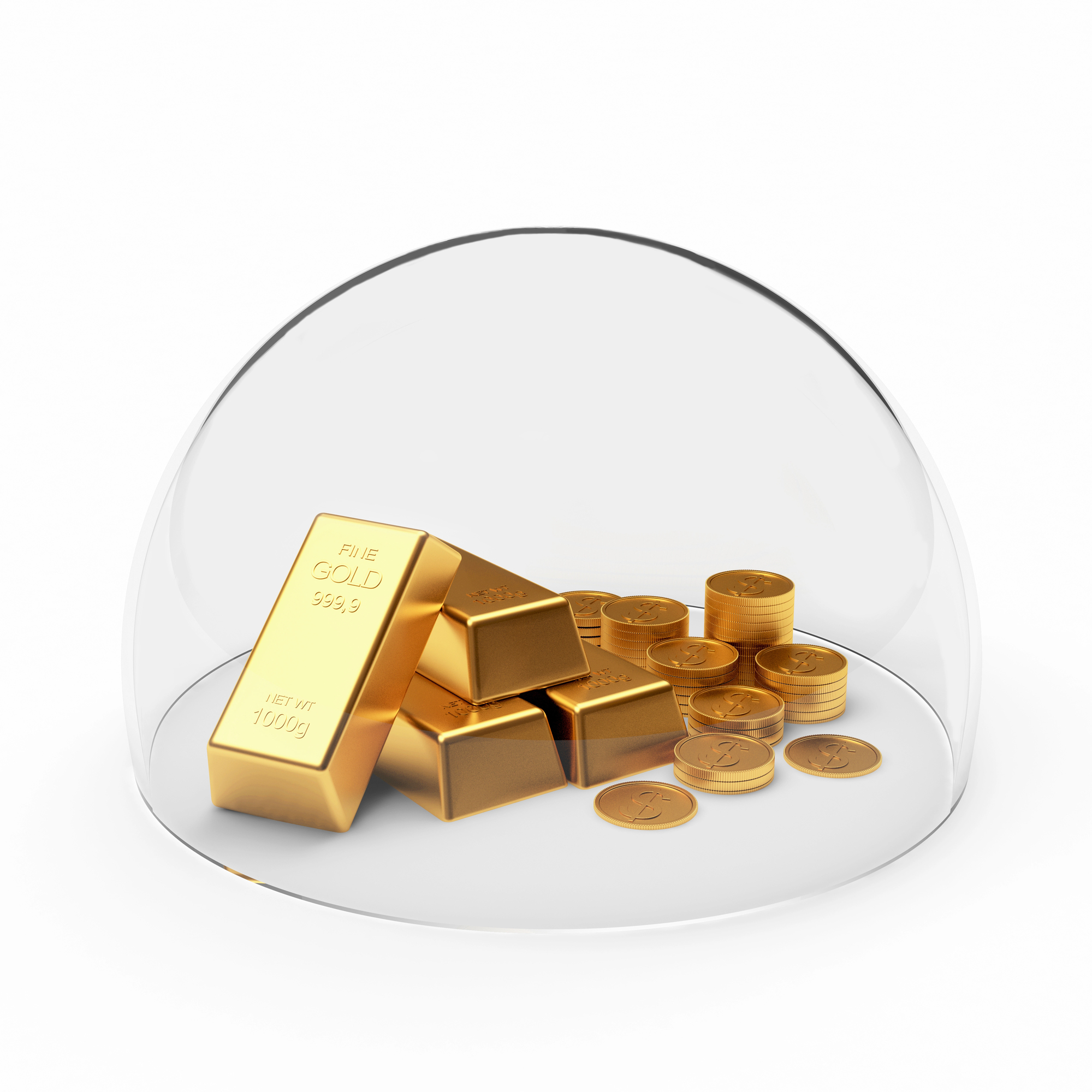
How you store your metals is just as important as the purchase itself. Storing physical metals is different from holding paper assets or other asset classes, as it involves unique considerations such as storage, insurance, and security. Physical metals carry no credit risk, unlike some other asset classes, making them a safer long-term store of value. Additionally, physical metals can complement other asset classes in a diversified portfolio.
| Storage Option | Pros | Cons |
| Home safe | Immediate access | Risk of theft or fire |
| Bank safe deposit box | Secure, insured | Limited access, fees apply |
| Third-party bullion storage | Fully insured, climate-controlled | Monthly fees, less direct control |
Choose a storage method that balances convenience, security, and insurance.
Investing in Mining Stocks
If you’re interested in precious metals but prefer not to hold physical assets, investing in mining stocks can be an attractive alternative. Mining stocks allow you to gain exposure to the gold and silver markets by owning shares in companies that produce these metals. Silver mining companies, such as First Majestic Silver, and gold mining companies like Newmont, offer investors the potential for growth as they explore and extract valuable resources.
However, it’s important to recognize that mining stocks come with their own unique risks. Factors such as operational challenges, fluctuating metals prices, regulatory changes, and management decisions can all impact a mining company’s share price. Before investing, take the time to research each company’s track record, financial health, and leadership team. While mining stocks can offer significant upside, they also tend to be more volatile than physical precious metals, so consider your risk tolerance and investment goals carefully.
Building a Long-Term Strategy
A successful approach to precious metals investing starts with a well-defined long-term strategy. Begin by setting clear investment goals and determining your risk tolerance - are you seeking steady wealth preservation, or are you open to higher-risk opportunities for greater returns? Consider your investment timeline and how economic uncertainty or inflation concerns might affect your portfolio.
Diversification is key: a balanced portfolio might include physical precious metals like gold and silver coins or bars, as well as other investment vehicles such as exchange traded funds (ETFs) or mining stocks. Stay informed about market conditions, including industrial demand, central banks’ activities, and shifts in silver prices or gold prices, as these factors can influence the value of your holdings. Regularly review and rebalance your portfolio to ensure it aligns with your long-term objectives and adapts to changing market dynamics. By taking a disciplined, informed approach, you can navigate the precious metals market with confidence and resilience.
Common Mistakes to Avoid
Many investors, not just beginners, make errors when investing in precious metals. Avoid these pitfalls as a beginner:
5 common mistakes:
- Buying impulsively without research
- Overpaying premiums on collectible coins
- Ignoring spot price trends
- Skipping secure storage planning
- Relying on unverified dealers
During times of economic instability or even economic collapse, avoiding these mistakes is crucial to protect your assets. Making informed decisions can help you capture the potential upside of precious metals. It's also important to consider how much you plan on holding gold as part of your overall investment strategy.
Frequently Asked Questions
Q: What is the best way to buy gold and silver?
A: The best way to buy gold and silver is through reputable dealers who offer guidance on the most suitable products and competitive prices. You can also purchase precious metals online or directly from government mints, ensuring you receive authentic gold and silver.
Q: How do I store my physical precious metals?
A: Physical precious metals can be stored in a home safe, a bank safety deposit box, or with a reputable storage company. When choosing a storage option, consider factors like security, insurance, and how easily you can access your metals.
Q: What are the risks associated with investing in precious metals?
A: Investing in precious metals involves unique risks, including price volatility, market fluctuations, and the potential for loss. It’s important to assess your risk tolerance and investment goals before committing to gold, silver, or other metals.
Q: Can I invest in other precious metals, such as platinum and palladium?
A: Yes, you can invest in other precious metals like platinum and palladium, which are valued for their industrial applications and investment potential. Be sure to research these metals thoroughly, as they have their own unique risks and market dynamics.
Q: How do I determine the fair price of gold and silver?
A: To determine the fair price of gold and silver, research current market prices, understand the spot price, and factor in any premiums or additional costs. Reputable dealers can help you assess fair pricing and make informed decisions when investing in precious metals.
Conclusion
Buying precious metals for the first time doesn’t have to be intimidating. By understanding spot prices, defining your goals, choosing the right metals, and working with a trusted dealer, beginners can confidently enter the market. Start small, stay informed, and protect your investment.
Ready to make your first purchase? Explore Stout Gold & Silver’s selection of coins and bars and begin your precious metals journey today.
This content is for informational purposes only and does not constitute financial advice. Please consult a financial advisor before making investment decisions.

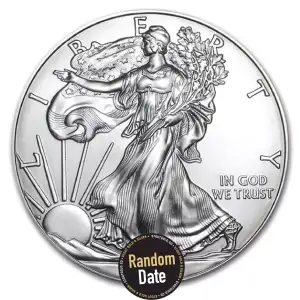
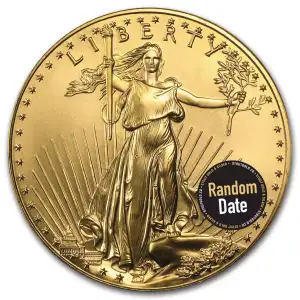


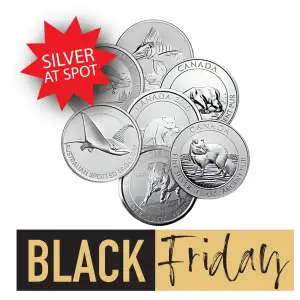
![2026 Australia 1 oz Gold Lunar Horse BU (Series III) [DUPLICATE for #510799]](https://stoutgold.co/thumbs/2026-australia-1-oz-gold-lunar-horse-bu-series-iii-duplicate-for-510799-266421-small.jpg)
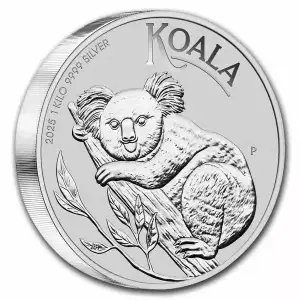
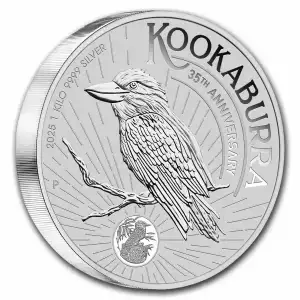
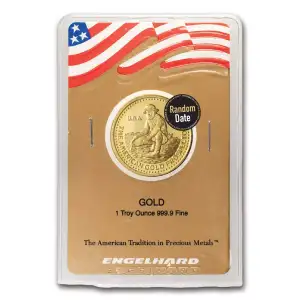
![2025 1oz Australian Perth Mint Silver Lunar Series III: Year of the Snake [DUPLICATE for #502132]](https://stoutgold.co/thumbs/2025-1oz-australian-perth-mint-silver-lunar-series-iii-year-of-the-snake-duplicate-for-502132-266361-small.jpg)
![2026 Australia 1 oz Silver Lunar Horse BU (Series III) [DUPLICATE for #510794]](https://stoutgold.co/thumbs/2026-australia-1-oz-silver-lunar-horse-bu-series-iii-duplicate-for-510794-266701-small.jpg)
